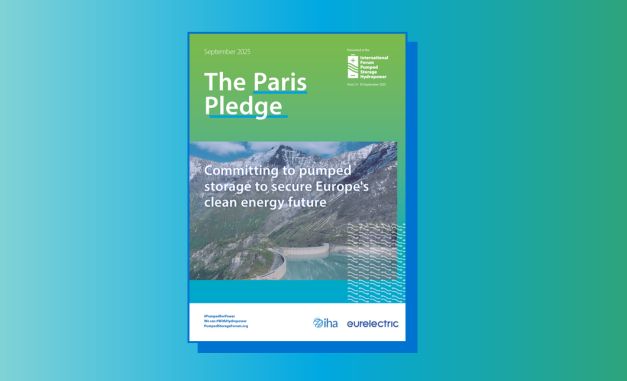The world’s water battery: Pumped Storage Hydropower and the clean energy transition

download publication

download publication
An additional 78,000 MW in clean energy storage capacity is expected to come online by 2030 from hydropower reservoirs fitted with pumped storage technology, according to this working paper from the International Hydropower Association (IHA).
Below are some of the paper's key messages and findings.
- Pumped storage hydropower (PSH), 'the world’s water battery’, accounts for over 94% of installed global energy storage capacity, and retains several advantages such as lifetime cost, levels of sustainability and scale. The existing 161,000 MW of pumped storage capacity supports power grid stability, reducing overall system costs and sector emissions.
- A bottom up analysis of energy stored in the world’s pumped storage reservoirs using IHA’s stations database estimates total storage to be up to 9,000 GWh.
- PSH operations and technology are adapting to the changing power system requirements incurred by variable renewable energy (VRE) sources. Variable-speed and ternary PSH systems allow for faster and wider operating ranges, providing additional flexibility at all timescales, enabling higher penetrations of VRE at lower system costs.
- As traditional revenue streams become more unpredictable and markets are slow to appropriately reward flexibility, PSH needs to secure new sources of reliable and long term revenue in order to attract investment, particularly in liberalised energy markets.
- Driven by the increasing penetration of wind and solar, reduced dispatchable generation and the need for greater grid flexibility, an additional 78,000 MW or an increase of nearly 50% of PSH capacity is expected to be commissioned by 2030. This could further increase with the right policy settings and market rules.










